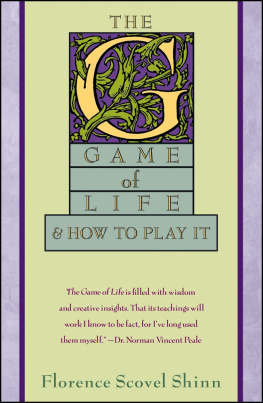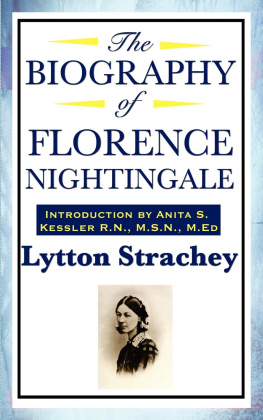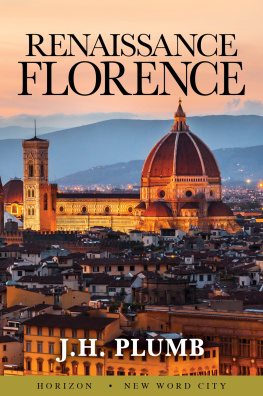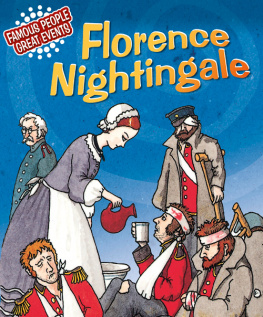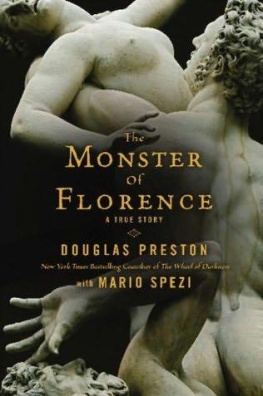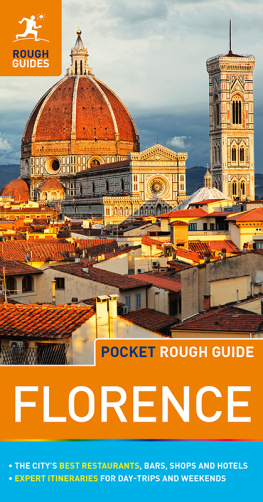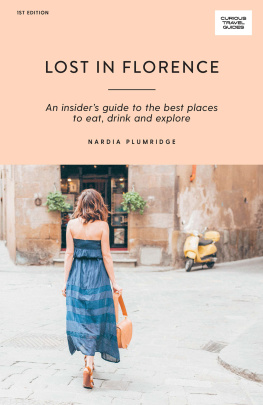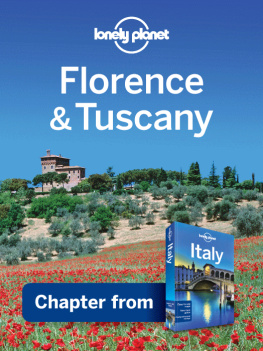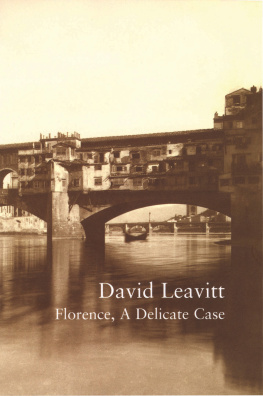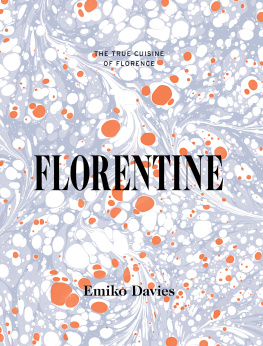
My Florence


My Florence
A 70-YEAR LOVE STORY
Art Shay
SEVEN STORIES PRESS
New York/Oakland


Florence Shay was born in Brooklyn in 1922. Art Shay fell in love with her in the Catskill Mountains, when she was Florence Gerson and they were counselors at Camp Winston, both twenty. He was the bugler, and she edited the newspaper. On the way up to Monticello, their camp bus pulled over to let Roosevelts caravan of Packards, bound for Hyde Park, pass them on the Bronx River Parkway. His fathers Kodak in hand, Art took a shaky picture of the president in his slouch hat, cigarette holder aimed to the sky, crutches hidden, Eleanor beside him. The world was girding up for war. News of the Holocaust reached Art and Florence from a few refugee relatives, wild stories of their escape from Germany. But what did that have to do with their lives?
Art took his first photograph of Florence that summerher jumping up in the air.

Our honeymoon picture, November 30, 1944.
Puppy love led to marriage. After thirty bombing missions and twenty-two covert supply missions in World War II, Art Shay became Life magazines youngest bureau chief, in San Francisco, where a run-in with Governor Earl Warren found him banished to Chicago. There he became one of the nations leading photojournaliststhe best Chicago ever produced, according to Arthur Siegel, head of the Illinois Institute of Technologys legendary photography department. Studs Terkel called him a Chicago treasure. Art shot more than a thousand magazine covers. His work hangs in prime collections and museums. In his career, hes photographed an unparalleled range of peoplemost famously his friend, Nelson Algren. Indeed, novelist Russell Banks has written that Art Shay in many ways is to American photography what Nelson Algren was to American writing: that rare and absolutely necessary citizen whos blessed with a cold eye, a clear head, and a warm heart. Before televisions and the Internet blanketed us with anonymous images, Art was one of the designated sets of eyes through which we all saw the world, his artistry built on an ability to frame common human qualities and a piercing sense of the moment that made him the American Henri Cartier-Bresson.
Florence, meanwhile, opened an antiquarian bookshop in Highland Park where she befriended everyone from David Mamet to Joseph Heller to Billy Corgan and became one of the nations leading rare book dealers, a woman beloved for her penetrating intellect, charm, and generosity.

Florence died of cancer in the summer of 2012.
Art has published many books featuring portraits of everyone from Hemingway and Brando to Hefner and JFK; street corner rummies, Indian chiefs, Muddy Waters, and Mayor Daley; riots, Khrushchev, Simone de Beauvoir, Joe McCarthy, and Rev. Martin Luther King.
But the person he photographed more than anyone else was Florence. Between Camp Winston and her funeral, Art constantly made pictures of his wife.

Our first newborn, Jane, in September 1946.
My Florence has been seventy years, five children, and one marriage in the making. It takes Art back to his original calling as a photojournalist, but with the story of an entire life as his subject, a poem of a photo essay like none beforean intimate biography of a woman told in images taken by her husband from the age of twenty to her death at ninety.
Where Harry Callahan made high art of his wife Eleanor, Arts a populist, the quintessential Life photographer. His mentor was Life photographer Francis Miller, and under his wing he learned how to find form and wit and pathos in the streets of Chicago. One doesnt have to dig to uncover the emotion in his work; his photos of Florence fairly burst with it, from the boyish, sweet passion of the photos taken early in their marriage to the final wrenching images of her at the doctors office, averting her gaze from the computer monitor and the gray shadow of her fatal tumor. In between are years of homes and haircuts and gallery openings; a gifted son, Harmon, who disappeared as a teenager; secret photographic assignments, famous friends, adventures and domesticity; the indignities of disease. Her death.
The sum is the story of Florence told in art shots and snapshots, in poses and stolen glancesthe companionable, sexy Jewish mother, elegant and always up to date, who blogged to 30,000 followers until her last days; the literary advisor to basketball players, governors, and rock stars; the loving, devoted wife; and resolute proponent of the written word. If, at the end, we see our lives flash before our eyes, this must be close to what Florence saw.
But My Florence is about more than just Florence Shay. In preserving one life well lived, Art expressed something timeless about all our lives, the accretion of momentsa few remembered, most lostthat adds up to our existence. Art Shay caught so many of Florences. Who will catch ours?
THOMAS DYJA
NYC 2014
Author of The Third Coast: When Chicago Built the American Dream, winner of the 2013 Chicago Tribune
Heartland Prize for Nonfiction


My Florence

Florence in the full bloom of pregnancy.

Our Chicago apartment in 1948 was a six-room abode near Senn High School.

Florence wearing the kimono I brought back two weeks after the Pacific War ended in August 1945. It was my third Air Force tour, flying the wounded home, just months after getting married.

At the $125-a-month house we rented on a begonia ranch in San Rafael, California, Florence attends to two-year-old Jane while I was off being Life magazines youngest bureau chief in nearby San Francisco.
Next page

